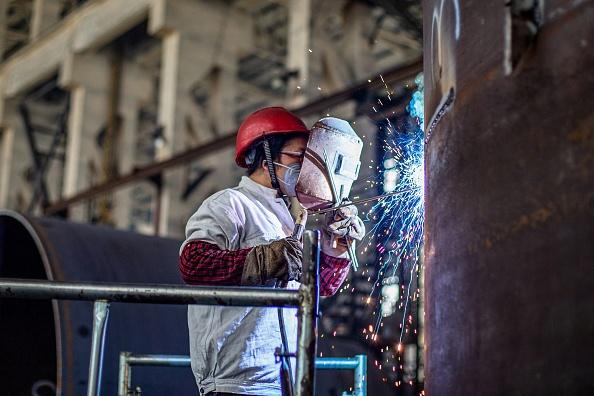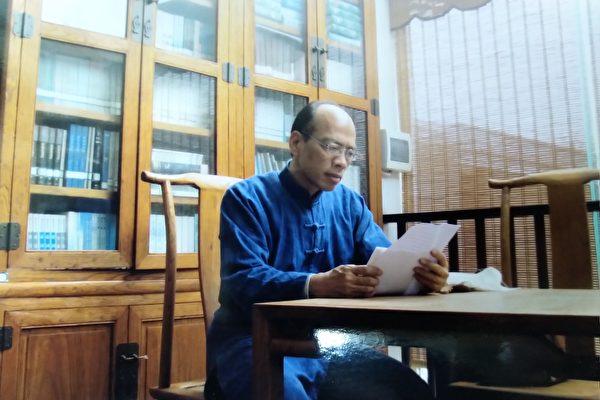Beijing’s practice of arbitrarily shifting regulatory policy is a key political risk for foreign businesses operating in China, the world’s second-largest economy.
China economic analyst and Economics professor Antonio Graceffo, who spent over 20 years in Asia, told The Epoch Times that he believes that the widening power outages give foreign companies a fresh impetus for leaving China among other risk factors, including the U.S.—China trade war, intellectual property (IP) theft, human rights violations, and the pandemic.

